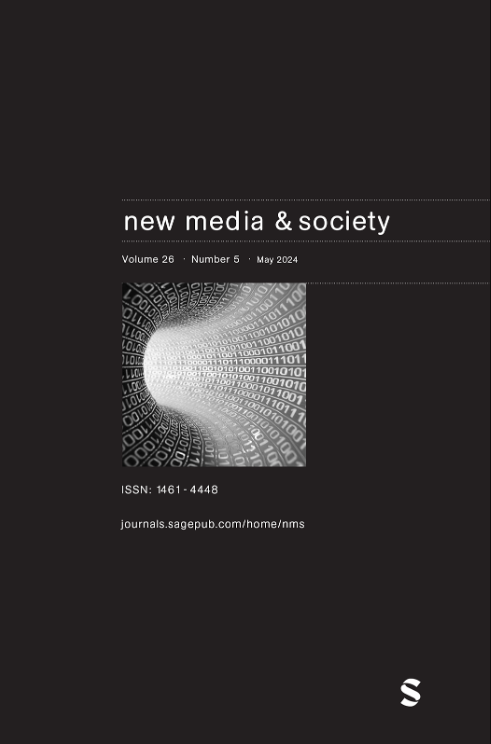数字双胞胎作为空间媒体
IF 4.3
1区 文学
Q1 COMMUNICATION
引用次数: 0
摘要
美国宇航局的科学家声称,1970年对受损的阿波罗13号宇宙飞船的救援创造了第一个数字孪生系统。在这篇文章中,我研究了NASA的叙述,它正在收集共识,作为数字孪生技术的起源故事,主要有两个重点。首先,通过对控制和错误动态的研究,我仔细研究了NASA的精神和世界观如何嵌入到当代数字孪生技术的使用中。其次,通过对随后的两个NASA任务和1968年的电影《2001:太空漫游》的分析,我将数字孪生技术定义为“空间媒体”,Gál等人声称,它可以“将我们的观点重新定向到“地球外”的视角”。这种方法揭示了数字双胞胎的潜力,它可以在构成其主要当代用法的管理控制系统之外传播想象。本文章由计算机程序翻译,如有差异,请以英文原文为准。
Digital twins as space media
NASA scientists have claimed that the rescue of the stricken Apollo 13 spacecraft in 1970 created the first digital twin system. In this article, I examine NASA’s narrative, which is gathering consensus as the origin story of digital twin technologies, with two main points of focus. First, through an examination of the dynamics of control and error, I scrutinise the ways in which the NASA ethos and worldview may be embedded within contemporary uses of digital twin technologies. Second, through an analysis of two subsequent NASA missions and the 1968 film 2001: A Space Odyssey , I frame digital twin technologies as ‘space media’ which, Gál et al. claim, can ‘reorient our view [. . .] to “off-Earth” perspectives’. This approach reveals the potential of digital twins to propagate imaginaries beyond the managerial systems of control that constitute their dominant contemporary usages.
求助全文
通过发布文献求助,成功后即可免费获取论文全文。
去求助
来源期刊

New Media & Society
COMMUNICATION-
CiteScore
12.70
自引率
8.00%
发文量
274
期刊介绍:
New Media & Society engages in critical discussions of the key issues arising from the scale and speed of new media development, drawing on a wide range of disciplinary perspectives and on both theoretical and empirical research. The journal includes contributions on: -the individual and the social, the cultural and the political dimensions of new media -the global and local dimensions of the relationship between media and social change -contemporary as well as historical developments -the implications and impacts of, as well as the determinants and obstacles to, media change the relationship between theory, policy and practice.
 求助内容:
求助内容: 应助结果提醒方式:
应助结果提醒方式:


